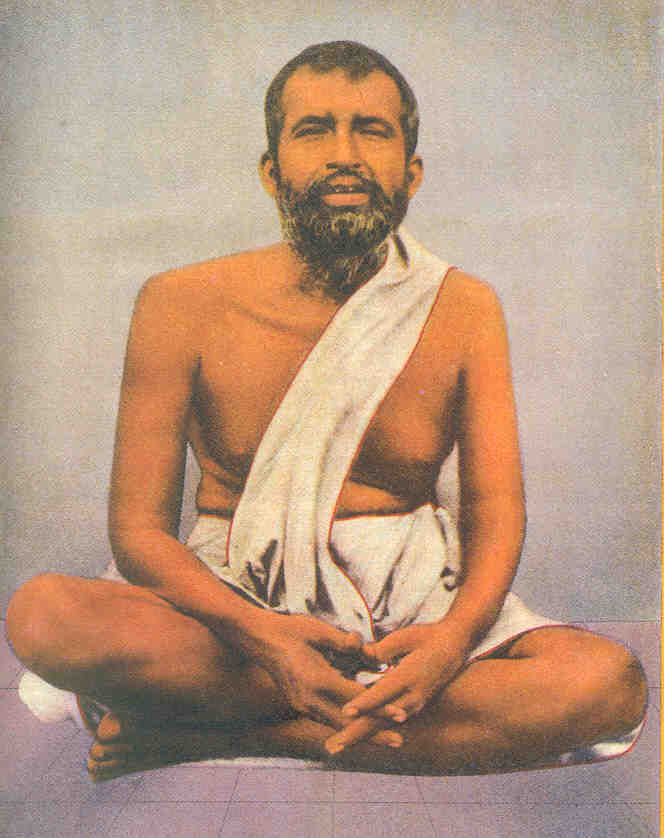5.Self-Restraint and the Nature of the Self : 7.
Sri Padmanabha swami temple Thiruvananthapuram Kerala, India.
The Teachings of the Bhagavadgita :
The Teachings of the Bhagavadgita :
You know very well why there should be withdrawal of consciousness from such contacts in the process of self-control, in the execution of the art of yoga. There is also the other false self, called the mithya-atman, which is the psychophysical individuality – this so-called 'I', this physical 'I', this body 'I', this psychic 'I', this sensory 'I', etc. "I am coming, I am seated here, I shall go there, I shall do this, I am hungry, I am thirsty, I am happy, I am unhappy." When you make statements of this kind you are referring to a false self in which you are involved. This false self is called the mithya-atman, consisting of the five sheaths to which we have already made reference – the koshas, so-called. They are the physical, vital, mental, intellectual, and the causal – annamaya, pranamaya, manomaya, vijnanamaya, anandamayakoshas, which are accretions grown over the central consciousness which is the true Atman, the mukhya-atman, the primary self. These accretions are not vitally connected with the self – as much unconnected as clouds are in relation to the space in which they exist. You know how thick clouds can hang over our heads and appear to contaminate space and cloud even the sun itself. But the clouds do not cover the sun, and they do not contaminate space, though it appears that they do this. Like thick layers of clouds, this mithya-atman consists of unfulfilled longings. They include what you call the subconscious layer, unconscious layer, etc. They are the psychic personality of ours – the emotional, the vital, the volitional, etc., and even the physical bodily self. Other than this gaunatman, or the secondary self, the object of our love and hatred, other than this false self, the five koshas, there is a true subjectivity in us, in the direction of which we move gradually along the lines of the cosmological scheme laid before us by the Samkhya, which the Vedanta also accepts in many of its features.
"The self has to be raised by the Self," says the Bhagavadgita: Uddhareatmanatmanam. "The Self is the friend of the self": Bandhuratmatmanastasya. Your own Self is your friend, and your Self has to guide your self. You may become your friend, and you may also become your enemy, under certain given conditions. Atmaiva hyatmano bandhuratmaiva ripuratmanah: "You have no friends outside you, you have no enemies outside you – you are your friend, you are your enemy." When you see friends outside and enemies outside, again you are committing this mistake of identifying yourself with the gaunatman. The secondary self takes possession of the true Self, as it were, with such a power and intensity of grasp that we seem to be seeing ourselves in our so-called externalised forms of friends and enemies, while really we have gone against the larger dimension of our own higher Self when we confront enemies in this world, and we are in harmony with the dimension of our own higher Self when we see friends around us. Thus, the objects of the world do not concern us, unless our self is connected with them in some way or the other, positively in love, or negatively in hatred.
To be continued ....
Deity : Sri Maha Vishnu ( Sri Padmanabhaswami ) in Anantha sayanam
.jpg)


.jpg)

Comments
Post a Comment